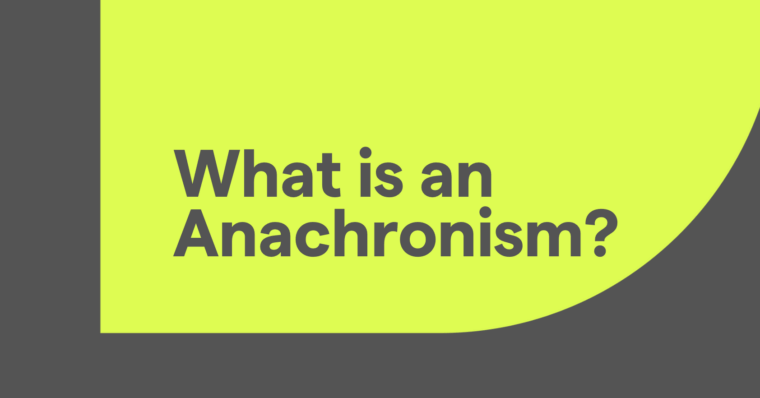Whether you’re prepared or not, there comes a time when every student is faced with writing their first college essay. Even if you’re a natural writer, writing a college essay is still a daunting task. Here’s a method for tackling the process and a few examples to inspire you.
Preparing to write your college essay
The old saying goes, “Those who fail to prepare prepare to fail.” Why spend time and energy cleaning up a mess when you can avoid making one in the first place?
- Make sure you understand the assignment. There’s no shame in asking your professor to clarify. Your success depends on understanding what she wants Here are some ways to ask for clarification.
- Research and create a basic outline as you go. Roll research and the initial outlining process into one simple step. As you research, create an info dump—a bullet-pointed list of the topics you want to cover. Add links to articles and citations as you go so you can refer to them easily.
- Figure out what you want to say. What’s the main argument or idea you’ll express? You need to know before you begin. In order to make a point, you have to have one.
- Create a classic, canonical outline. Once you have a clearer vision for your central idea or argument, it’s time to organize your info-dump. Prune out anything irrelevant and organize your outline into the classic structure.
Drafting your essay
By the end of the research and planning process, you’ll feel energized and ready to write about all this interesting stuff your research (or your brainstorming process, if your essay requirement is more personal) has uncovered. Use that energy to write a draft.
The parts of a college essay
Introduction
Your intro tells your reader what to expect from your essay. Think of it as a brief roadmap that begins with an intriguing opening line, includes a quick summary of the topic and ideas you’ll present, and concludes with a thesis statement.
Opening hook
It’s important to draw your reader in from the very first sentence. Take a look at some of these opening lines from college entrance essays submitted to Stanford University.
While traveling through the daily path of life, have you ever stumbled upon a hidden pocket of the universe?
Some fathers might disapprove of their children handling noxious chemicals in the garage.
I change my name each time I place an order at Starbucks.
Summary of your topic, ideas, or argument
Your opening paragraph should introduce the subject matter and the points you intend to make. They should give some background to support the thesis statement you’ll make at the end of the introduction.
The debate over athletes’ use of performance-enhancing substances is getting more complicated as biotechnologies such as gene therapy become a reality. The availability of these new methods of boosting performance will force us to decide what we value most in sports—displays of physical excellence developed through hard work or victory at all costs. For centuries, spectators and athletes have cherished the tradition of fairness in sports.
—Argumentative Essay Examples, Skyline College
Thesis statement
Your thesis statement comes at the end of your introduction. Here’s the thesis statement from the Skyline College example above. It states the main point of the essay, which the author intends to make a case for.
While sports competition is, of course, largely about winning, it is also about the means by which a player or team wins. Athletes who use any type of biotechnology give themselves an unfair advantage and disrupt the sense of fair play, and they should be banned from competition.
Body
The introduction states what’s at stake, and the body presents the evidence. In the case of an argumentative essay, the evidence might be research. In a more personal essay, it might be made up of the author’s own experiences.
Write the body in a logical order. Some essays work well chronologically, where the events are presented in the same sequence that they happened in time. Argumentative essays are often emphatic, where the least important points are presented first and build up to the most important.
If your essay includes research, don’t be shy about including substantial statements, just make sure they’re properly cited. Use Grammarly’s plagiarism checker to help you find any citations you may have missed and properly attribute them. (Trust us—your professor will check for plagiarism and find it if you don’t!)
Conclusion
In your conclusion, you wrap everything up in a neat package. Restate your thesis in a clear way without repeating it word for word. Leave your reader with a takeaway or something to think about. Here’s the conclusion of the Skyline College essay sample.
Unless we are willing to organize separate sporting events and leagues—an Olympics, say, for athletes who have opted for a boost from the test tube and another for athletes who have chosen to keep their bodies natural—we should ask from our athletes that they dazzle us less with extraordinary performance and more with the fruits of their hard work.






